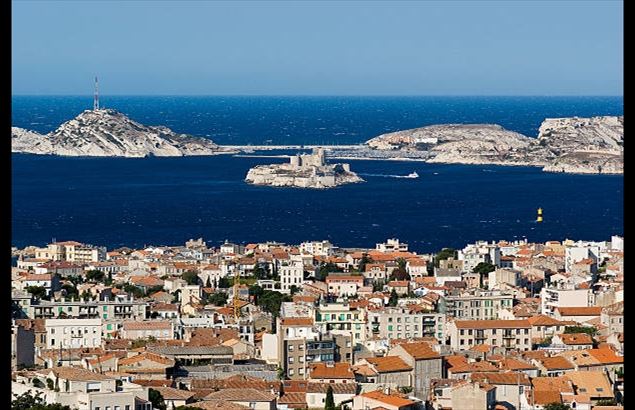From the seafront of Marseille, as soon as you leave the beautiful Vieux Port, four splendid islands stand out, clearly visible. It is about theFriou archipelago format from Pomegues to the south, the largest, Ratonneau north, Tiboulen du Frioul west of Ratonneau and If east of the two main islands. On the latter stands the infamous Chateau d’If where Dumas set the first part of his successful novel The Count of Monte Cristoin which he tells the very harsh 14-year imprisonment of Edmond Dantèsthe friendship with Abbot Faria and the daring and now iconic escape.
The construction of the Castle of If, fearful place of detention where, if imprisoned in cells without windows, life expectancy did not exceed 9 months, it began in mid-April 1527 and ended around 1529. It is said that part of the materials used came from the Spanish siege of Marseille. Its position in the center of the gulf was also strategic for the defense of the city.
THE The first prisoners were two fishermen from the cityin November 1540. Since then, the Castle of If became one of the most feared prisons, hosting prisoners until the First World War, when the last group of prisoners, German prisoners, were locked up there.
There are two main sections, on the ground floor, the cells had no windows and were in extremely precarious hygienic conditions, which made the prisoners’ lives unsustainable. On the first floor, however, the cells were larger, equipped with windows and fireplaces, and could be “rented” with a monthly payment, a sort of contract that gave the right to a less harsh living condition, albeit always marked by suffering and from isolation.
The production of the recent Rai series on air from 13 Januarydecided to shoot the scenes set inside the Castle of If on the island of Malta. For precision Mdinathe fortified city called “silent city“ which, however, to give spectators the right historical representation, is the same age as the original prison.
However the real Chateau d’If can be visited and is certainly one of the main attractions of Marseille. Battered by wind and currents it did not have, and does not have, a safe harbour. For this reason the visit, which is possible every day (except Monday, which is closed) thanks to the shipping companies in the Vieux port, it is only possible in the absence of wind and rough seas. These weather conditions make the landing very dangerous and prohibitive for those transporting tourists. Furthermore, the numerous steps along the visit route make the tour difficult for those who have walking problems.
The island can be reached in just 15/20 minutes, by boat but usually the tour also includes the possibility of visiting the other islands of the archipelago. The visit is not guided but takes place independently and a small information brochure is offered (also in Italian) which helps to discover the Castle. Precisely because the place was mythologized by Dumas, passionate readers of his masterpiece like to hypothesize what it could have been the cell of the Count of Monte Cristo, that of the Abbot Faria and the point from which Dantès managed to escape. But apart from this literary dreaming, it is worth visiting Chateau d’If for the splendid view of the archipelago, the city and the surrounding cliffs and perhaps also to pay homage to the numerous prisoners who perished there after inhumane detention.










